The cause and the cost
of facial eczema
The true cost of facial eczema is not just the cost of feeding zinc. It is the hidden costs of not feeding the right zinc at the right time in the right amount that leads to ongoing financial implications. Setting up for a successful season starts with understanding how to effectively use zinc to mitigate facial eczema.
Facial eczema is caused by the spores of the fungus Pithomyces chartarum that grow at the base of the pasture sward and thrive in humid conditions, causing numerous problems once animals ingest them. Resulting health issues can be serious and include liver damage, photosensitivity, and issues with reproduction. Except in very severe outbreaks, most animals with facial eczema liver damage may not show outward signs at all. Even low exposure to facial eczema in young animals (sheep or cattle) can affect growth rates and longevity.
Zinc must reach a certain protective level in the cow before it is effective. The solution is ensuring that the zinc programme implemented is well thought out. That it starts before the spore challenge spikes and monitoring the effectiveness of the programme should be done early in the zinc season so there is time to make changes. Maintaining a constant zinc dose rate throughout the risk season is the easiest way to ensure all animals are getting protection. Supplementation should occur 2-3 weeks before spore counts rise to give animals time to build up internal reserves.
Death rates and animal stress during the facial eczema season can be high. A 2014 North island study showed that 32% of farms suffered from subclinical facial eczema1. Whilst 2014 was not deemed a ‘bad’ year for facial eczema, the ongoing effect this will have on animals is hard to calculate. Facial eczema has been estimated to cost the New Zealand dairy industry between $10 and $100 million per year depending on the severity of the disease year to year (Faull, 1991). However, there are a few aspects that can be assessed to quantify the impact of individual farms. Such as for each clinical or visual sign of facial eczema there can be up to 10 animals that are subclinical2.
The damage to the liver may be unseen from the surface. However, the liver is the key focal point for the animal to be able to detoxify the body and processes fat that circulates around the body, particularly post calving. When the liver has undergone extensive damage, it cannot rebuild itself. Meaning that the damage over the summer months can have a significant impact on the following season and may show up as higher instance of ketosis or fatty liver the following season. Facial eczema can have significant impacts on animal productivity, health, and welfare. Therefore, it is in a farmer’s best interests to proactively manage this disease, by improving animal health and wellbeing and in doing so will look after the bottom line.
We’ve got a facial eczema solution for your farm
Whatever farm system you are running, SealesWinslow have got you covered with a range of zinc-based products to help you prevent, manage and treat facial eczema

